Wenya Zhu
Flexible End-to-End Dialogue System for Knowledge Grounded Conversation
Sep 13, 2017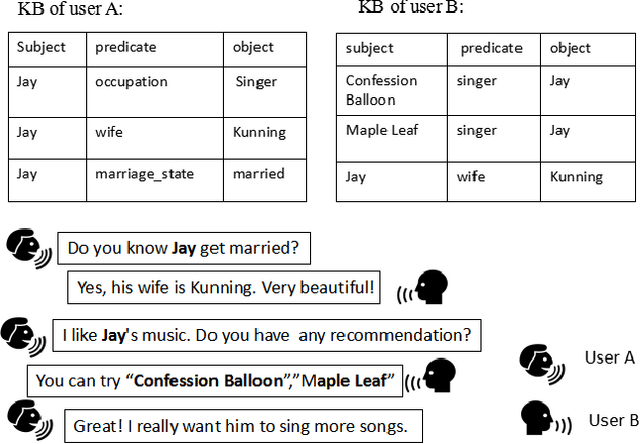

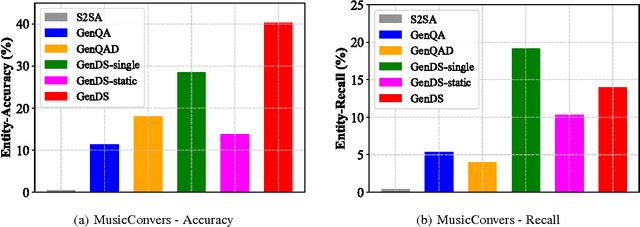

Abstract:In knowledge grounded conversation, domain knowledge plays an important role in a special domain such as Music. The response of knowledge grounded conversation might contain multiple answer entities or no entity at all. Although existing generative question answering (QA) systems can be applied to knowledge grounded conversation, they either have at most one entity in a response or cannot deal with out-of-vocabulary entities. We propose a fully data-driven generative dialogue system GenDS that is capable of generating responses based on input message and related knowledge base (KB). To generate arbitrary number of answer entities even when these entities never appear in the training set, we design a dynamic knowledge enquirer which selects different answer entities at different positions in a single response, according to different local context. It does not rely on the representations of entities, enabling our model deal with out-of-vocabulary entities. We collect a human-human conversation data (ConversMusic) with knowledge annotations. The proposed method is evaluated on CoversMusic and a public question answering dataset. Our proposed GenDS system outperforms baseline methods significantly in terms of the BLEU, entity accuracy, entity recall and human evaluation. Moreover,the experiments also demonstrate that GenDS works better even on small datasets.
High Order Structure Descriptors for Scene Images
Oct 15, 2014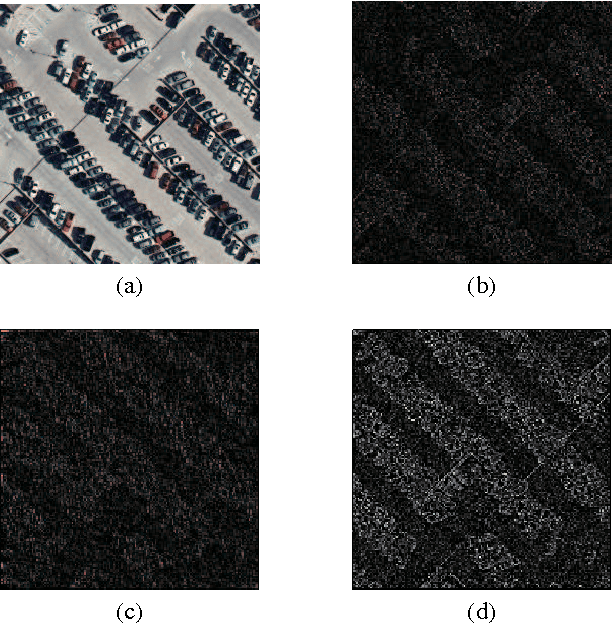
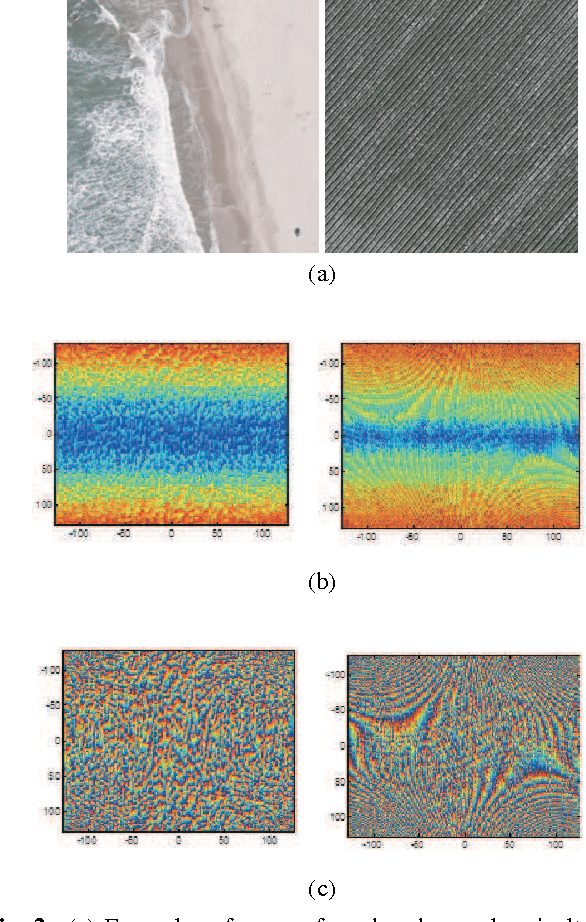
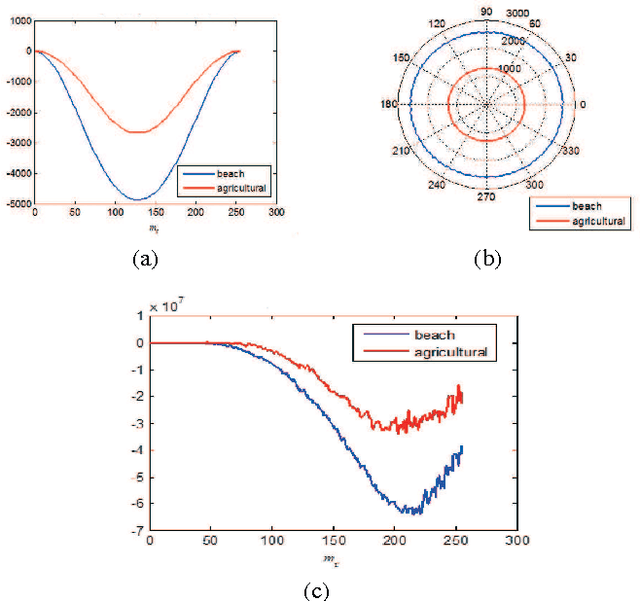
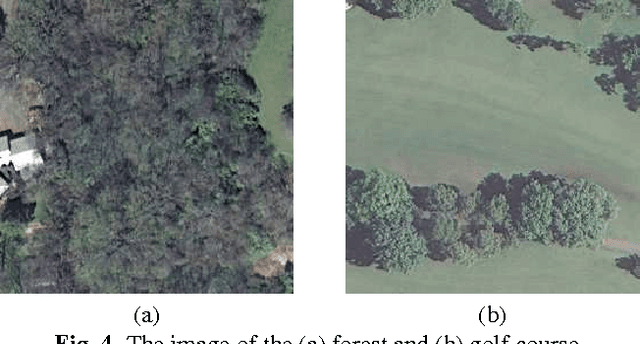
Abstract:Structure information is ubiquitous in natural scene images and it plays an important role in scene representation. In this paper, third order structure statistics (TOSS) and fourth order structure statistics (FOSS) are exploited to encode higher order structure information. Afterwards, based on the radial and normal slice of TOSS and FOSS, we propose the high order structure feature: third order structure feature (TOSF) and fourth order structure feature (FOSF). It is well known that scene images are well characterized by particular arrangements of their local structures, we divide the scene image into the non-overlapping sub-regions and compute the proposed higher order structural features among them. Then a scene classification is performed by using SVM classifier with these higher order structure features. The experimental results show that higher order structure statistics can deliver image structure information well and its spatial envelope has strong discriminative ability.
 Add to Chrome
Add to Chrome Add to Firefox
Add to Firefox Add to Edge
Add to Edge